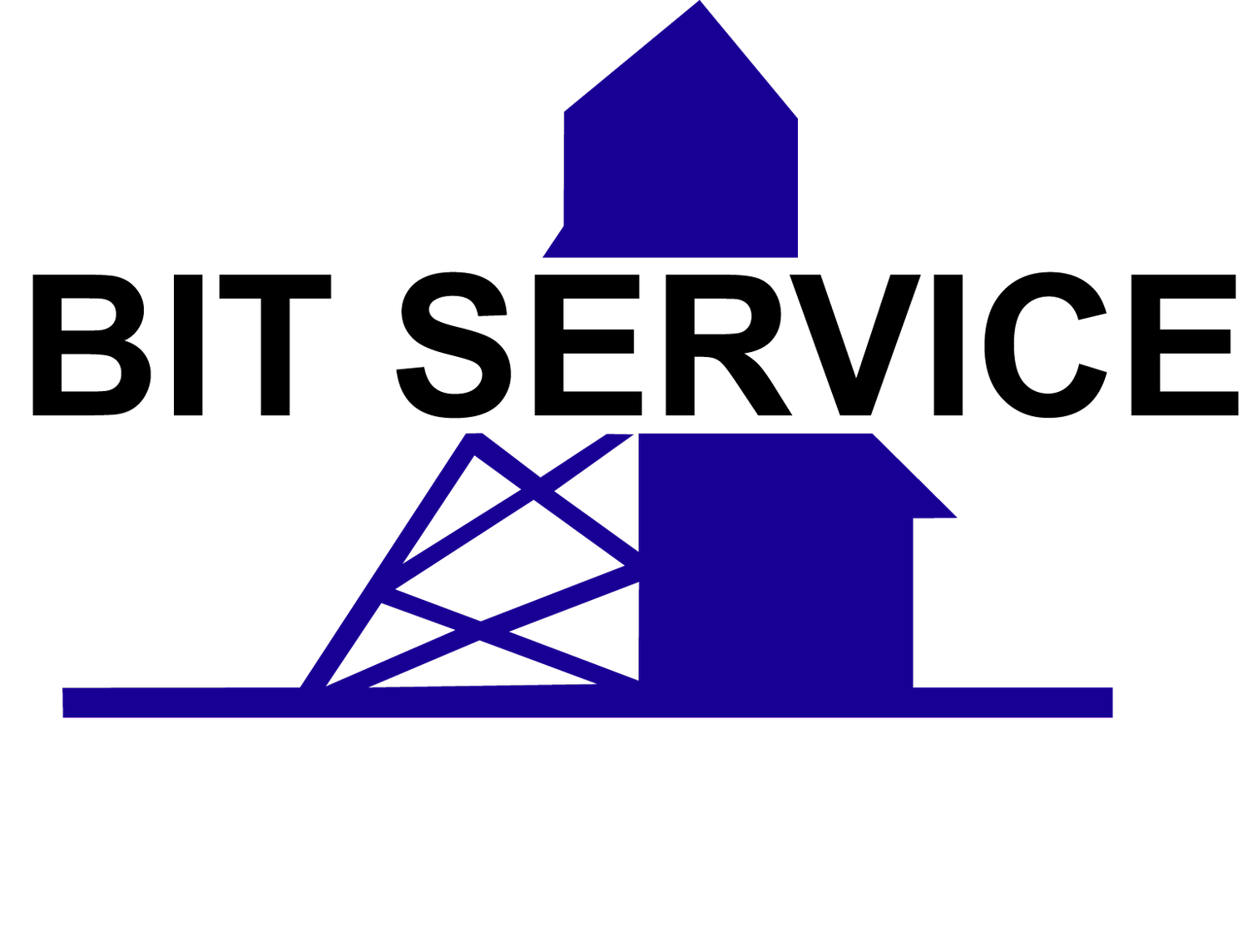What is Gypsum and How is it Used?
By: Scott Bahr
Those close to the mining and construction industries are familiar with gypsum as an important industrial mineral and product, but others may not be aware of just how much it is used throughout our daily lives.
What is gypsum?
Gypsum is a soft sulfate mineral composed of calcium sulfate dihydrate. It is mined around the globe, with many uses including as a fertilizer, construction material, in architectural and sculpture applications as well as pharmaceutical and food additive uses. It is an important part of the Canadian economy, both from the side of extraction in the mining process to the final use after processing. Today, nearly 75 percent of Canadian production of gypsum is based out of Nova Scotia. Ontario, Manitoba and British Columbia also produce smaller amounts.
Uses in construction
Gypsum has multiple common uses and has been considered the “wonder mineral” in construction because of its many uses in the industry. Gypsum is widely used to manufacture wallboards that are used to cover walls and ceilings. It’s also used to make plaster which is used in the construction of homes as well as mixed into a patching compound for wallboard repair. You can also find gypsum blocks that can be used in a similar fashion to concrete blocks for building. It is also used as a component of Portland cement that prevents the flash setting of the concrete.
Uses in consumables
Although you might not be directly familiar with the mineral called gypsum, it’s a fact that you will encounter it in your day-to-day life, even if you aren’t aware of how. Like many minerals, the uses for gypsum are incredibly vast and span many industries.
It can be used as a fertilizer and soil conditioner for wheat fields as well, something that Nova Scotia is particularly known for providing to wheat fields in the United States. It is sometimes used in baking as a dough conditioner to reduce any stickiness and used in baking to provide a source of calcium. Sometimes it can be used as a way to stop grains clumping together in mushroom cultivation. It works as a tofu binder and is included in many recipes for “silken tofu,” a type of tofu that doesn’t require pressing when cooking.
Other uses
Besides the most common ways gypsum is used, it has various other uses (or historic uses) that might not fall in line with common food and construction uses. Gypsum is used in the treatment of burns, abscesses, and eczema. It exists in some foot creams, shampoos, and many other hair products. Some tests have shown that gypsum can potentially be used to remove water pollutants like lead and arsenic. Historically, medieval scribes used gypsum by mixing it with lead carbonate to make gesso, which was applied to illuminated letters and gilded with gold in illuminated manuscripts. Truly, the uses for gypsum are seemingly endless.
